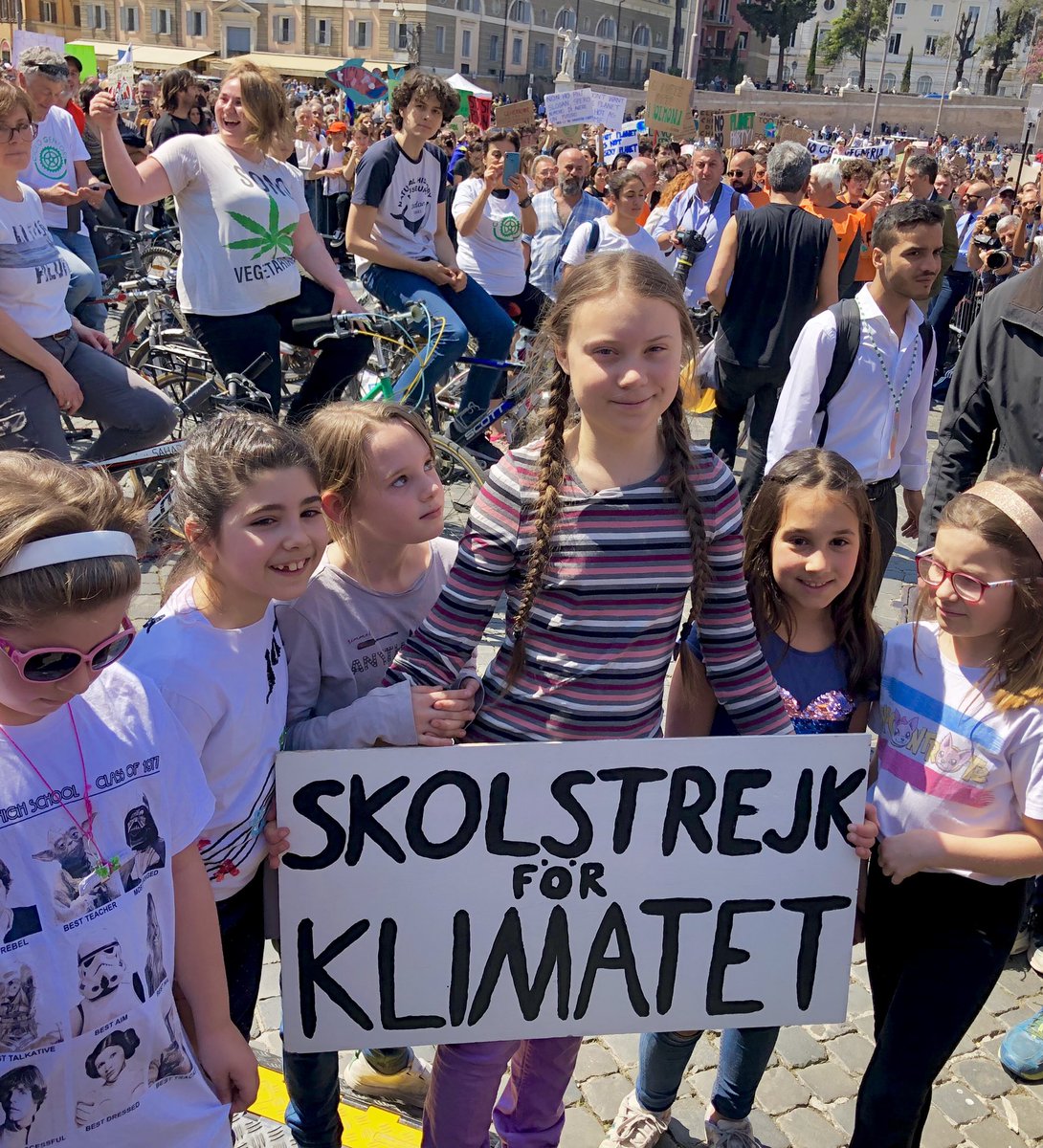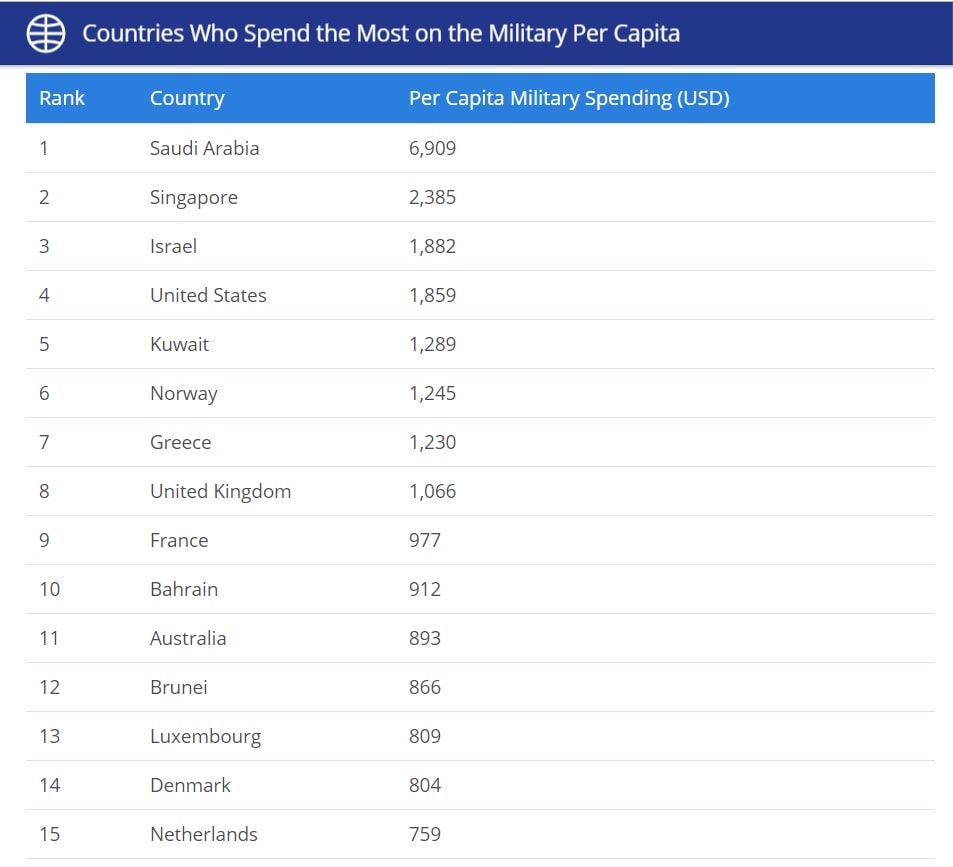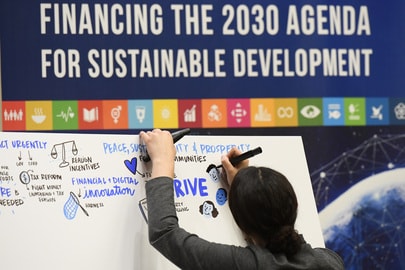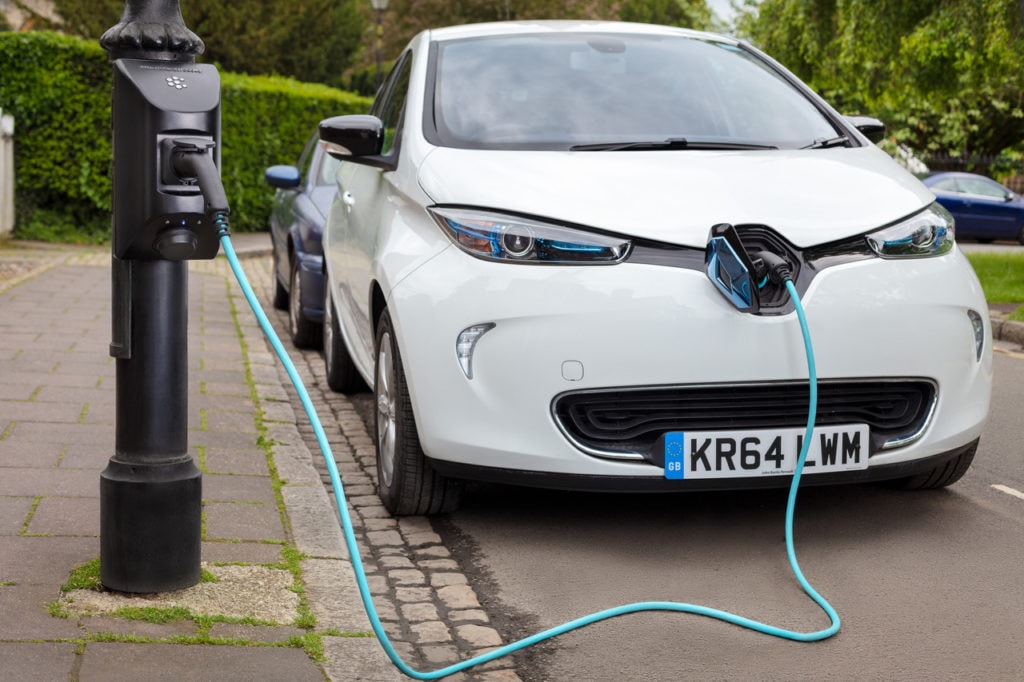Soon after Notre Dame in Paris went up in flames, teenage climate campaigner Greta Thunberg, in a speech to the European Parliament, said she did not want to diminish the Notre-Dame fire, but wished there was an equal outpouring of funding support to combat issues such as climate change.
The outpouring of funding to rebuild Notre Dame was indeed impressive. Within 24 hours of the blaze, French luxury tycoons had pledged donations in the hundreds of million Euros: François-Henri Pinault (Kering) came through with €100 million; his crosstown rival Bernard Arnault (LVMH) with €200 million; the Meyer Bettencourt family (Oreal) with €200 million.
Add to that the €100 million announced by Total CEO Patrick Pouyanné:
🇫🇷 @Total, 1er mécène de la @Fond_Patrimoine depuis plusieurs années, fait un don spécial de 100 millions d’euros pour la reconstruction de Notre-Dame de #Paris. Fluctuat nec mergitur! pic.twitter.com/WkxVZJm0sY
— Patrick Pouyanné (@PPouyanne) April 16, 2019
Philanthropists are often accused of not giving to the “right causes”.
On this subject, Stephen L. Carter , a NYT bestselling author, Yale University Law professor and former clerk to U.S. Supreme Court Justice Thurgood Marshall, had some interesting things to say. In a recent opinion piece for Bloomberg, aptly titled “Rebuilding Notre Dame Is More Than a Vanity Project”, he praised the generosity of private philanthropists while social media, as he put it, “has been rich with furious suggestions of places the billions might be better spent”.
Yet Carter has no doubts: regardless of what causes are addressed, “charitable giving is an absolute good”. As he explains:
“Not only does private funding fill gaps that officialdom will miss — often intentionally — it also stimulates more private funding.The Notre Dame example illustrates the way that the competition among the wealthy to outgive each other reflects the well-known signaling effect of charity…”
This benign view of charity is hotly contested in some quarters – for example, one comment to his article points to the 60% tax credit donors get under French law. The problem is that such credit might result in a shortfall in government revenues, and “means either less money for government services and the commons or obliging others to make up the shortfall”. The “others” being your average tax-paying Joe.
In any case, no matter how you view the issue, private funding is never enough.
At the time of writing, more than 1 billion euros have been pledged toward the reconstruction of Notre Dame cathedral. Sounds good, but the total cost could run as high as 8 billion euros and most of it probably will not be covered by insurance. In the end, in spite of Macron’s efforts to organize an international fund-raising effort, the French taxpayers will likely bear most the cost,
Let’s be clear: The billions going to Notre Dame are a drop in the bucket compared to what is required to fight climate change.
Notre Dame needs (probably) $8 billion to be rebuilt. Our planet’s climate requires trillions to be fixed.
It’s not as if nothing has ever been spent on fighting climate change, or no effort has ever been made by policy makers – contrary to what Greta Thunberg says. But she’s right on the fact that not enough has been achieved, not enough by a long shot.

Consider the history of aid to development and the environment.
The Foundational Role of Official Development Assistance
Since the environmental alarm was first rung by Rachel Carson’s Silent Spring in 1962, billions have been spent by Western governments to help develop the world. But most of it didn’t go to protect the environment. For decades it went (mostly) to industrialization, contributing to the degradation of the environment.
But something changed in 1987 when the UN’s Brundtland Report introduced the concept of sustainable development. And in 2000, when all UN member states adopted the Millenium Development Goals, a precursor to the SDGs, development aid morphed into (largely) sustainable development assistance.
The core of that aid is ODA, Official Development Assistance.
OECD DAC, the Development Assistance Committee of the OECD that groups main donor countries, has measured public resource flows to developing countries since 1961 and ODA is the key measure used in practically all aid targets and assessments of aid performance. It excludes military aid and only includes that portion of peacekeeping operations aimed at “closely-defined developmentally relevant activities”. It also includes cultural programs provided they build the cultural capacities of recipient countries and excludes one-off tours by donor country artists or sportsmen, and activities to promote the donors’ image.
In short, ODA is a serious statistic whose definition has been further tightened in 2018.
The data, released on 8 April 2018, shows that public aid to developing countries has been relatively stable in recent years, exceeding $100 billion for the first time in 2005 and coasting close to $150 billion since 2016. Preliminary 2018 figures available here show similar trends.
Everybody knows and laments the fact that Official Development Assistance (ODA) is woefully insufficient in relation to needs.
ODA’s $150 billion is a drop in the ocean compared to the trillions spent on the military.
The UN has set a modest target of 0.7% of Gross National Income (GNI) but, except for the UK, Denmark, Norway, Sweden and Luxembourg that equal or exceed the target, no other donor country does so. And the US lags behind, at a miserly 0.17% of GNI in 2018 – even though the total volume of the US contribution to ODA is over €34 billion.
An aside: estimates of foreign assistance can differ depending on how broadly you define aid, but if you include American military and security assistance to US allies (it amounts to a third of US foreign aid), then you can bring up the estimate of US assistance to roughly $49 billion for 2016, the last fiscal year that was fully analyzed. That, of course, is not development assistance in the way it is defined by the OECD.
Sounds like a lot but that figure pales in comparison to what the US government spends on the military: about 3.5% of GDP according to NATO data. In 2018, the American military budget stood at $686 billion – about fifteen to twenty times as much as foreign aid. And much more in the future if Trump has his way, “restoring and rebuilding America’s military”: He signed a $1.3 trillion spending bill on March 23, 2018 that includes a $160 billion boost in defense spending over two years. A boost that, in the words of the US Department of Defense, is “reversing years of decline and unpredictable funding”.
Another useful way to look at military expenditures: taking per capita data. According to the Stockholm International Peace Research Institute (SIPRI) data, the US spent more than $1,879 per capita in 2017. That’s more than double its European allies. France spent $889 per capita, the UK spent $713 and Germany spent $539 per capita.
The World Atlas has also updated the figures in 2017 but it has come up with a slightly different set that throws a harsh light on some unsuspected countries. Take a look:

Saudi Arabia is in the lead, partly a result of its ongoing war in Yemen, followed far behind by Singapore, Israel and the US. But there are surprises: For example, debt-ridden Greece spends almost as much as oil-rich Norway and far more than France. All four countries that meet or exceed the UN donor target of 0.7% are among the top fifteen military spending countries.
The world loves guns as much as butter – or rather more.
This suggests that the US should not be singled out as a major military villain. The world as a whole is following in the footsteps of the US, preferring to spend money on guns rather than butter.
A US government publication that comes out every year, the World Military Expenditures and Arms Transfer, published in December 2018, paints a grim picture: From 2006 to 2016, the world spent on average close to $2.5 trillion each year (calculated on the basis of purchasing power parity rates).
In 2016, military expenditures worldwide, standing at $2.82 trillion, trumped ODA at $147.55 by a factor of 19.
Meanwhile, Trump plans to cut funding to the UN and ODA in general – even though the share of foreign aid in the Federal budget is only 1.2 percent.
Can Private Investment Fill the Gap?
Private investment in the form of charities has certainly helped but it is far from filling the gap. Public private partnerships also go some way to fill it, incentivized by government policies, subsidies, grants, concessional loans and risk mitigation mechanisms including insurance and government guarantees.
How much of this goes to sustainable development and the fight against climate change?
This is a very difficult question to answer, though in recent years, claims have been made (including by the World Bank in 2014) that “trillions of dollars” to finance the global environmental agenda are simply waiting to be “unlocked”. And remember, we’re talking of “trillions” that are needed when ODA is in fact a meagre $150 billion at best.
But there are several hurdles.
First, measuring current financial flows for the environment and development is complicated by endlessly variable definitions and classifications for similar projects and the recurrent absence of mandatory reporting requirements.
Second, the architecture of “blended finance” is complex and ranges from traditional public-private partnerships (PPPs) to development finance institutions (DFIs) such as the African Development Bank, the World Bank’s IFC, the Asian Development Bank etc. The latter is not to be confused with China’s Asian Infrastructure Investment Bank, part of its Belt and Road Initiative, focused on infrastructure building. At the time of its founding, the UN was quick to say in a 2015 policy report that it had the potential for “scaling up financing for sustainable development”. But between “potential” and “realization”, the gap can be wide.
Last but not least, the number and variety of private actors have multiplied in recent years as interest in sustainable development has escalated. New kinds of partnerships have emerged between government, private sector, NGOs and civil society. One such example is the Tropical Landscapes Finance Facility that blends public and private funding to provide long term financing to support sustainable land use.
Some experts have tried to answer the question, notably Robyn Clark, James Reed and Terry Sunderland, in an article on Science Direct published in December 2017. They have attempted to quantify the amounts actually available for climate mitigation and adaptation, conservation, sustainable forest management, integrated land management, and landscape approaches:
The gaps are mind-boggling. Take the first issue, climate change. To address it would require $1.6 to 3 trillion on an annual basis. We are here in the range of world military expenditures (about $2.5 trillion on average over the 2006-2016 period).
The actual aid from the public sector is $361 billion plus $131 from the development banks (DFIs), a total of $492 billion, not even half a trillion.
Private investors provide only $141 million – giving strength to Greta Turnberg’s criticism. Yet IFC is sanguine about future prospects, it predicts that there will be approximately $23 trillion of climate investment opportunities for private investors between 2016 and 2030.
Opportunities however are not necessarily realized.
If you consider the SDGs, the gap is even greater. Though, since this table was compiled, there has been some (small) progress, helped along by the fact that since 2015, the UN-adopted Addis Ababa Agenda provides a new global framework for financing sustainable development.
But we’re still far away from a functioning financial system that can deliver for the SDGs.
National and international financial systems need to change
There is no doubt that the real source of funding is in private hands. That’s where the money is.
To get an idea of how much, consider private foreign direct investment (FDI). That was also analyzed by Clark, Reed and Sunderland in their article. As they point out, historically, FDI remains the most reliable and long-term source of investment in developing countries. With trade globalization, according to WEF 2016 data, there has been a dramatic increase in FDI from $54 billion in 1980 to $1.23 trillion in 2014.
This is encouraging: While FDI is still far from the levels reached by military expenditures, it is considerable, some ten times the amount of ODA. Yet it is so far from the $23 trillion of investment opportunities predicted by the IFC that it is hard to see how much difference it could make.
Moreover, there’s a problem: FDI is not shaped by the SDGs or concerned by sustainable development or climate change. It is governed by the capitalist rules of profit-making. The bottom line is what matters to private investors, not sustainable development.
What is stopping investment in sustainable development? The causes are well known and include: rapid changes in technology, geopolitics and climate change, and the inability of national and multilateral institutions to adapt to these changes.
The spotlight is on private finance
And on the $300 trillion in financial assets managed by banks.
In September 2018, U.N. Secretary-General António Guterres launched a new strategy to help finance the SDGs, saying:
“We need to act urgently to drive progress. That means galvanizing political support across governments and local communities, building momentum for change in corporate boardrooms, and doing better in tapping resources that sit idle — some $300 trillion in financial assets are managed by the global financial system on our collective behalf.”

Beyond the strategy, the speakers sharing the podium of the crowded U.N. Economic and Social Council Chamber were a sign that times are changing. Notably, Laurence Fink, CEO of BlackRock, the world’s largest asset manager, was among them, talking about why it is critical for investors to start to consider sustainability as a key part of its investing progress.
In April 2019, the UN doubled down on its efforts to wake up the international financial community. The fear is that the Addis Ababa financing summit will remain a dead letter if countries don’t start creating the necessary framework for investment
On 4 April, it released 2019 “Financing for Sustainable Development Report”, the work of some 60 UN agencies and partners, sounding the alarm and outlining recommendations for a path forward. “The implications of not investing will impact everyone” said Amina Mohammed, U.N. deputy secretary-general.
On 14 April, A Coalition of the Willing comprising finance ministers from more than 20 developed and developing countries pledged to drive stronger collective action on climate change and its impacts. The Coalition will pursue a set of six ‘Helsinki Principles’ that promote national climate action, especially through fiscal policy and the use of public finance.
This momentous event took place during the Spring Meetings of the World Bank Group and International Monetary Fund (IMF), held from 12-14 April 2019, in Washington, DC, US. The Coalition promises to have teeth, as the World Bank will serve as its secretariat.
Finally, the cherry on the cake: UN Secretary General Guterres will convene a summit in September 2019 to mobilize everyone on the theme, ‘Climate Action Summit 2019: A Race We Can Win. A Race We Must Win.’ It will seek to challenge states, regions, cities, companies, investors, and citizens to step up action in six areas: energy transition, climate finance and carbon pricing, industry transition, nature-based solutions, cities, and local action, and resilience.
Nine coalitions, set up to prepare the Summit, will propose meaningful actions during a preparatory meeting in Abu Dhabi, UAE, in June 2019.
There is no question that the UN is making an all out effort to mobilize the world in the fight against climate change.
Ultimately, the outcome depends on you and me, on all of us, consumers. We need to stop buying products just because the price is low. We need to verify that they are sustainably produced and respect both the environment and human dignity. We have only 12 years left to limit climate change catastrophe, we have been warned by the IPCC, the world’s leading climate scientists.
Are we ready for action? Greta Thunberg is.













